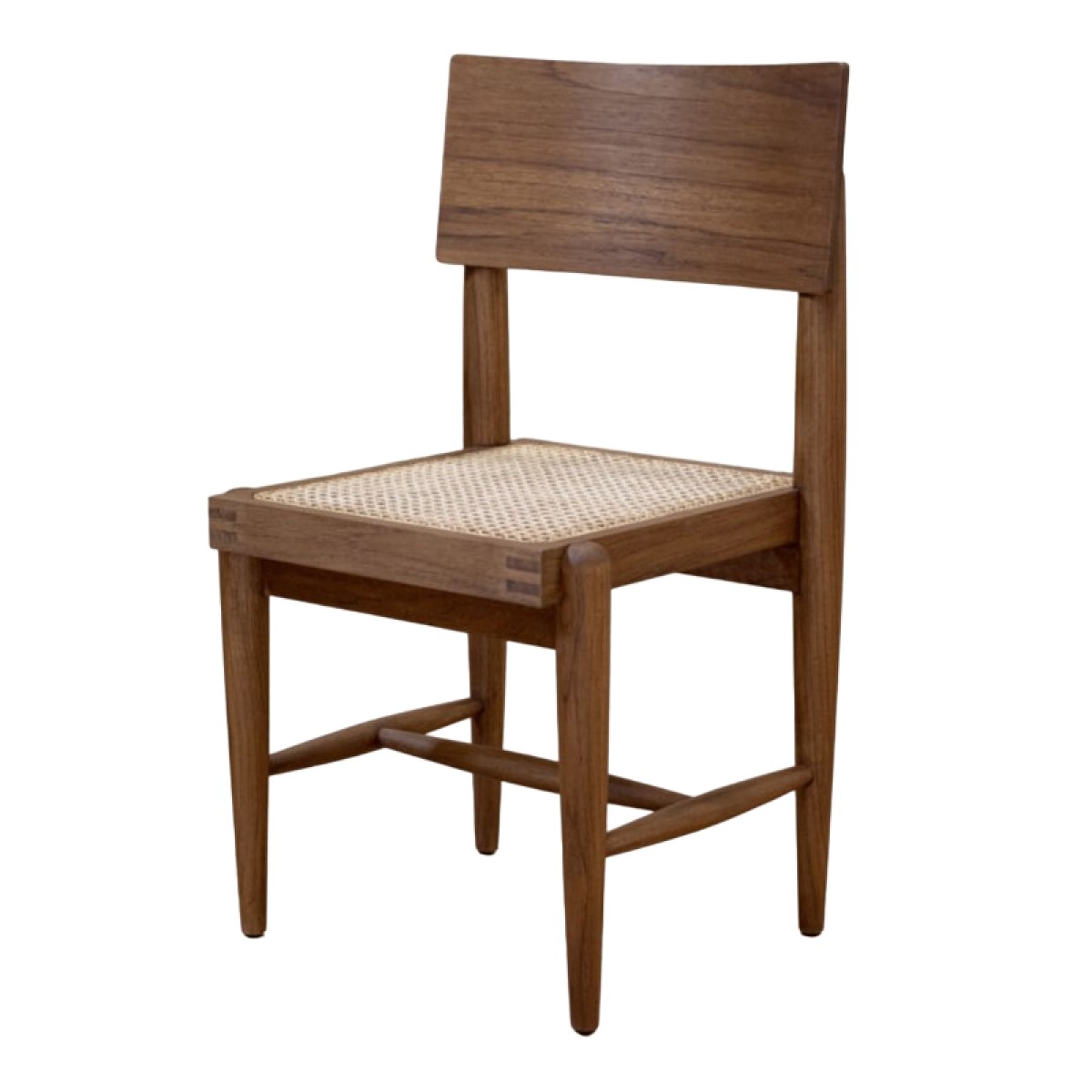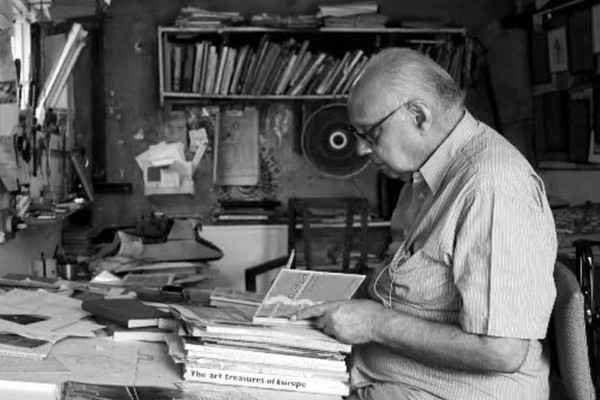
Seat Height: 44 cm
Materials:
Teak (Tectona grandis)
Natural Cane
We offer this product in a choice of Natural Teak and Dark Stain Finishes. For Natural Teak finish, the wood is sanded to smoothness and transparent wood polish and sealer are applied with a soft cloth to bring out the natural golden brown colour of teak. For Dark Stain, a coat of teak stain is hand applied to give the wood a darker, deeper shade. Please note, each batch of teak is unique and actual shade may vary a little from the reference image.
Aditya Prakash Dining Chair
For Order
From ฿72,000
This price reflects the basic model of the product with no additional features or upgrades.

